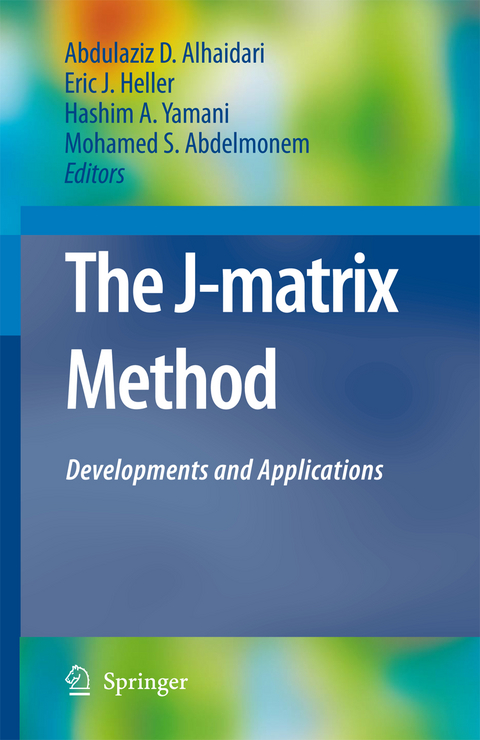The J-Matrix Method
Springer-Verlag New York Inc.
978-1-4020-6072-4 (ISBN)
Although introduced30 years ago, the J-matrix method has witnessed a resurgence of interest in the last few years. In fact, the interest never ceased, as some authors have found in this method an effective way of handling the continuous spectrum of scattering operators, in addition to other operators. The motivation behind the introduction of the J-matrix method will be presented in brief. The introduction of fast computing machines enabled theorists to perform cal- lations, although approximate, in a conveniently short period of time. This made it possible to study varied scenarios and models, and the effects that different possible parameters have on the ?nal results of such calculations. The ?rst area of research that bene?ted from this opportunity was the structural calculation of atomic and nuclear systems. The Hamiltonian element of the system was set up as a matrix in a convenient, ?nite, bound-state-like basis. A matrix of larger size resulted in a better con?guration interaction matrix that was subsequently diagonalized. The discrete energy eigenvalues thus obtained approximated the spectrum of the system, while the eigenfunctions approximated the wave function of the resulting discrete state. Structural theorists were delighted because they were able to obtain very accurate values for the lowest energy states of interest.
Two of the Original Papers.- New L2 Approach to Quantum Scattering: Theory.- J-Matrix Method: Extensions to Arbitrary Angular Momentum and to Coulomb Scattering.- Theoretical and Mathematical Considerations.- Oscillator Basis in the J-Matrix Method: Convergence of Expansions, Asymptotics of Expansion Coefficients and Boundary Conditions.- Scattering Phase Shift for Relativistic Separable Potentials with Laguerre-Type Form Factors.- Accurate Evaluation of the S-Matrix for Multi-Channel Analytic and Non-Analytic Potentials in Complex L2 Bases.- J-Matrix and Isolated States.- On the Regularization in J-Matrix Methods.- Applications in Atomic Physics.- The J-Matrix Method: A Universal Approach to Description of Ionization of Atoms.- J-Matrix Green’s Operators and Solving Faddeev Integral Equations for Coulombic Systems.- The Use of a Complex Scaling Method to Calculate Resonance Partial Widths.- Applications in Nuclear Physics.- J-Matrix Approach to Loosely-Bound Three-Body Nuclear Systems.- Nucleon–Nucleon Interaction in the J-Matrix Inverse Scattering Approach and Few-Nucleon Systems.- The Modified J-Matrix Approach for Cluster Descriptions of Light Nuclei.- Other Related Methods: Chemical Physics Application.- A Generalized Formulation of Density Functional Theory with Auxiliary Basis Sets.
| Erscheint lt. Verlag | 1.4.2008 |
|---|---|
| Vorwort | H.A. Yamani, E.J: Heller |
| Zusatzinfo | XVIII, 356 p. |
| Verlagsort | New York, NY |
| Sprache | englisch |
| Maße | 156 x 235 mm |
| Themenwelt | Mathematik / Informatik ► Mathematik ► Algebra |
| Naturwissenschaften ► Physik / Astronomie ► Atom- / Kern- / Molekularphysik | |
| Naturwissenschaften ► Physik / Astronomie ► Quantenphysik | |
| ISBN-10 | 1-4020-6072-6 / 1402060726 |
| ISBN-13 | 978-1-4020-6072-4 / 9781402060724 |
| Zustand | Neuware |
| Haben Sie eine Frage zum Produkt? |
aus dem Bereich




